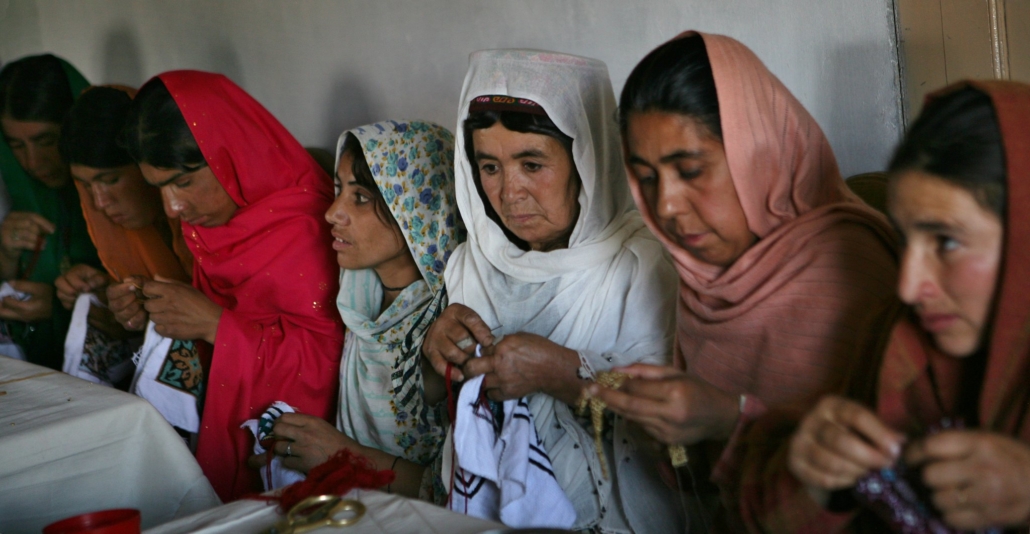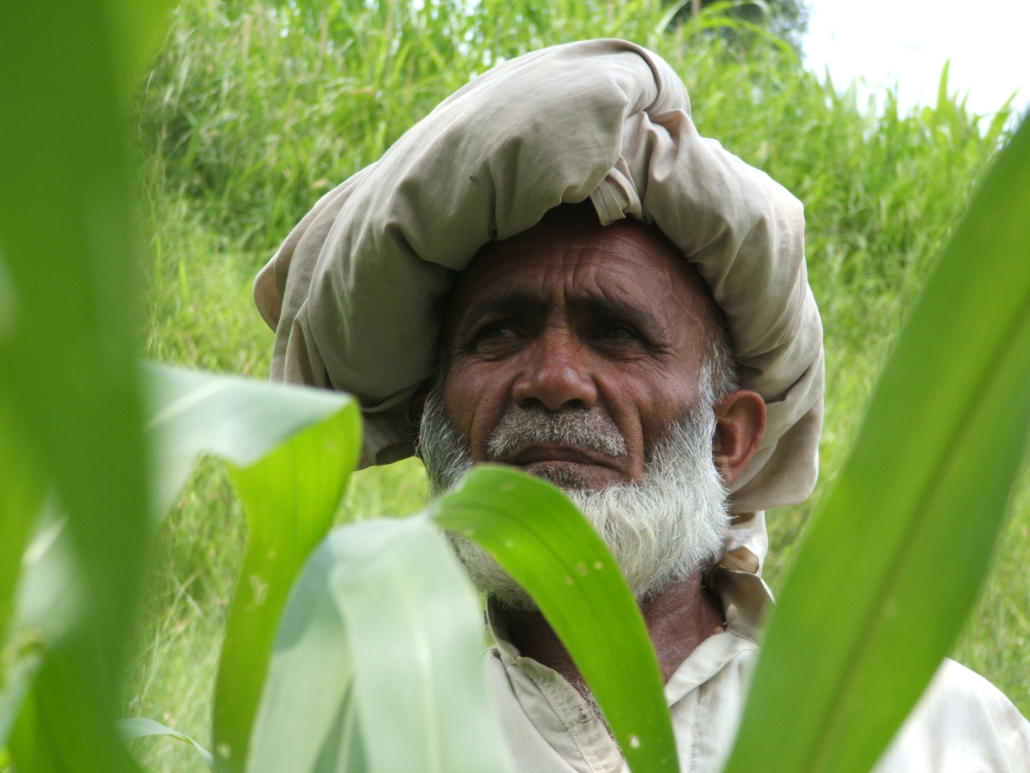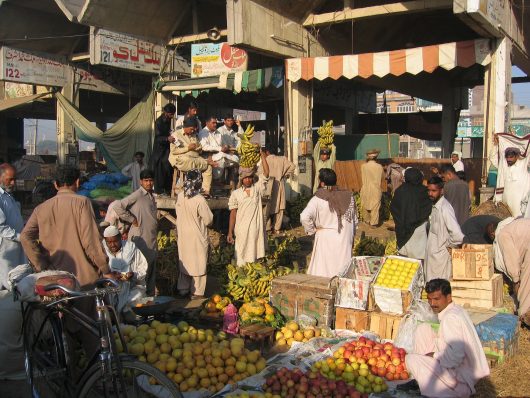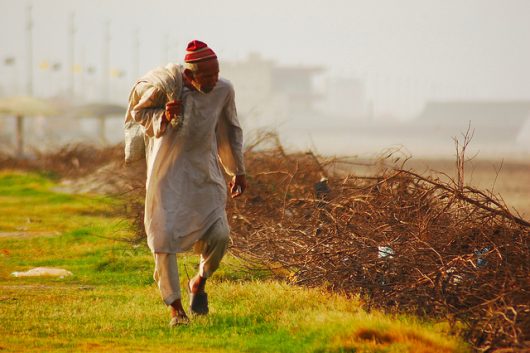 Poverty in Pakistan rose to 39.4% in 2023. This implies there are many new reasons to prevent poverty in the country. In the past, Pakistani policymakers were tasked with finding solutions to alleviate poverty. Unfortunately, the challenges posed by economic inequality and the widespread nature of poverty hindered the effectiveness of their efforts, resulting in a limited number of successful solutions.
Poverty in Pakistan rose to 39.4% in 2023. This implies there are many new reasons to prevent poverty in the country. In the past, Pakistani policymakers were tasked with finding solutions to alleviate poverty. Unfortunately, the challenges posed by economic inequality and the widespread nature of poverty hindered the effectiveness of their efforts, resulting in a limited number of successful solutions.
Fortunately, more than 183 million Pakistanis now own smartphones with preloaded internet access. This signifies that a substantial portion of the population can connect to the internet and engage with billions of other users online. Here are 8 reasons why having an internet connection can help reduce poverty in Pakistan.
Education
The benefits of school pupils having internet access include having trackers on their phones, keeping their school informed about their attendance and online schooling for those unable to access education venues in their local areas. In 2020, the COVID-19 pandemic underscored the crucial role of internet connectivity for young Pakistani students. Lack of access left them in isolation, missing out on valuable educational opportunities.
Terrorism
Poverty in Pakistan does have a link to terrorism because those from poverty-stricken areas are more likely to become involved in terrorist organizations. It is widely acknowledged that many terrorist organizations actively utilize the internet, particularly internet chatrooms, to spread their ideology and identify potential recruits. Given that social media serves as a primary platform for social interaction among young internet users, this presents a significant concern.
Given that social media serves as a primary platform for social interaction among young internet users, this presents a significant concern. Fortunately, the Violent Extremism Prevention Unit (VEPU) is dedicated to identifying potentially dangerous accounts and taking prompt action to eliminate them. In 2023, more than 700 potentially dangerous accounts were removed from the web, thus protecting Pakistani users from danger.
Food
Through a combination of education and access to updated knowledge on farming practices, the people of Pakistan can make significant strides in agriculture. A digital avenue facilitating this is the Kisan Card Scheme, a government initiative providing cards to farmers and information on successful productivity to farmers. This program aims to facilitate registered farmers to “get benefits from various government schemes like subsidies, loans, insurance, etc.”
Financial
To help those struggling financially, the World Bank initiated the Benazir Income Support Program (BISP) to act as a safety net for those struggling with poverty. Through the BISP program, Pakistani people can use their internet connections to perform an online banking interaction, after which funds can be transferred from the World Bank to support them in meeting their essential needs.
Domestic
Women in Pakistan face many issues, such as restricted mobility, limited lifestyle choices and the persistent threat of abuse. In 2013, recognizing the need for a supportive platform, Group Soul Sisters Pakistan was established on the social networking site Facebook. This private group chat serves as a space for women to share their stories and offer mutual support to one another.
Employment
Social networking plays a pivotal role in job or apprenticeship searches and its absence can impede employment opportunities, particularly in rural areas. Those with internet access can create accounts on platforms such as Rozee or Total Jobs to facilitate the exploration of professions that align with their skills and preferences, thereby enhancing their chances of securing employment.
Medicine
Telemedicine is a concept that can help treat those in poverty-stricken areas rurally. This helps prevent the patients from traveling miles to receive medical attention. As of 2022, telemedicine formats include virtual videos and text messages providing medicinal incite for patients, which are distributed out rurally.
Politics
Access to the internet provides an empowering avenue for the disadvantaged people of Pakistan to voice their concerns and challenge their government. Since the internet became widely available in the ’90s, individuals from various social classes have been able to closely monitor their political leaders, enabling a more engaged and informed citizenry.
– Phoebe Vaughan
Photo: Flickr

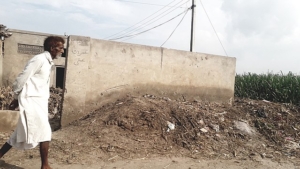
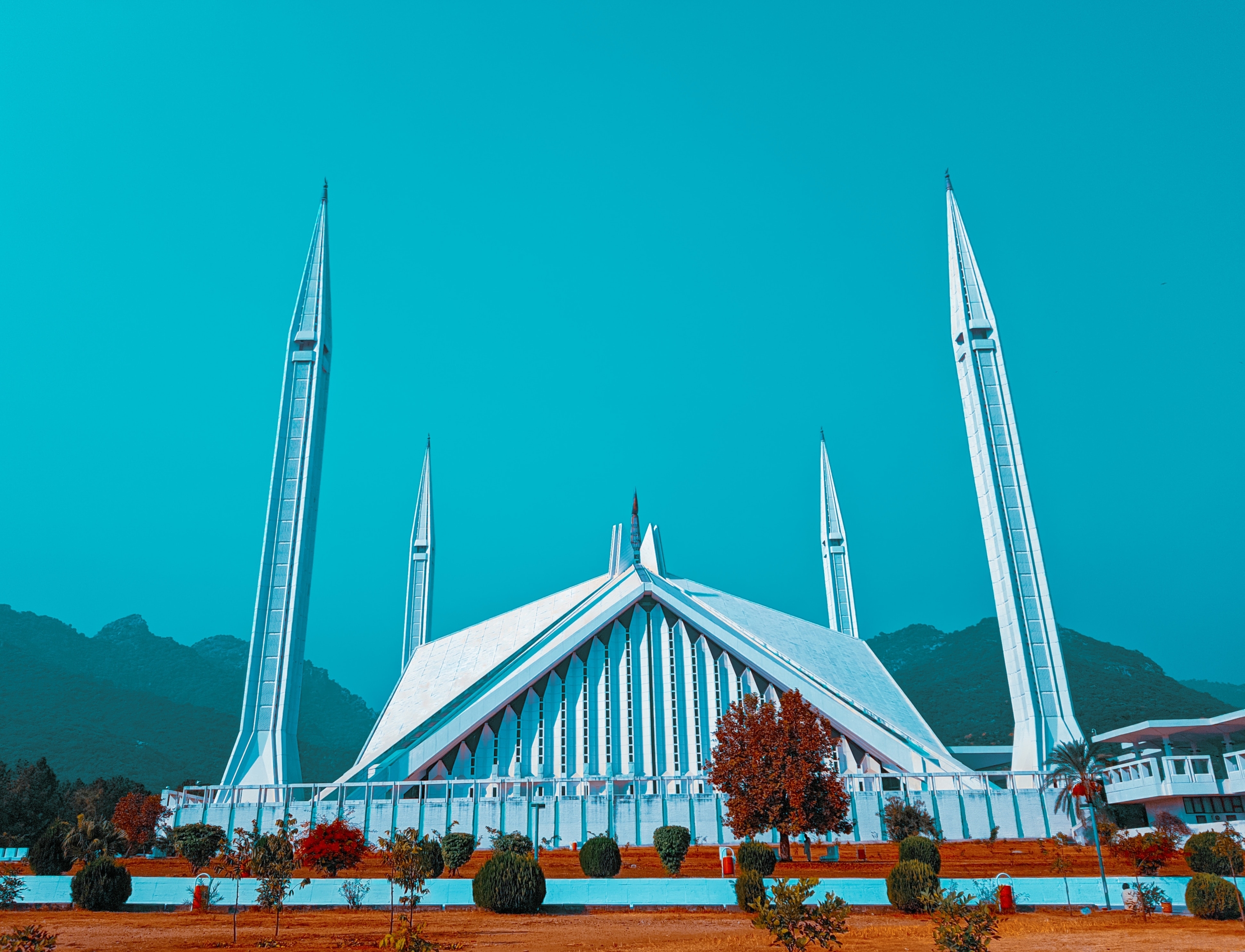 According to the Ministry of Overseas Pakistanis, more than 9 million overseas Pakistanis send money home to help their family, contributing to the country’s economy. Remittance to Pakistan is a big part of the country’s foreign exchange. Remittance payments
According to the Ministry of Overseas Pakistanis, more than 9 million overseas Pakistanis send money home to help their family, contributing to the country’s economy. Remittance to Pakistan is a big part of the country’s foreign exchange. Remittance payments 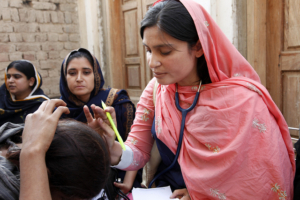 Although education is steadily improving in Pakistan, the country still needs to make many changes, especially in higher education. The current target for Pakistan is to improve enrollment and retention in primary and secondary schools. However, it is essential that Pakistan makes improvements in higher education as well, by addressing current obstacles within its education system.
Although education is steadily improving in Pakistan, the country still needs to make many changes, especially in higher education. The current target for Pakistan is to improve enrollment and retention in primary and secondary schools. However, it is essential that Pakistan makes improvements in higher education as well, by addressing current obstacles within its education system. Pakistan is home to
Pakistan is home to  Maternal health in Pakistan has been a major issue over the years and has consistently shown many negative outcomes. This suggests that the women of Pakistan are not receiving the attention they require in their months of pregnancy. In 2020, the
Maternal health in Pakistan has been a major issue over the years and has consistently shown many negative outcomes. This suggests that the women of Pakistan are not receiving the attention they require in their months of pregnancy. In 2020, the 